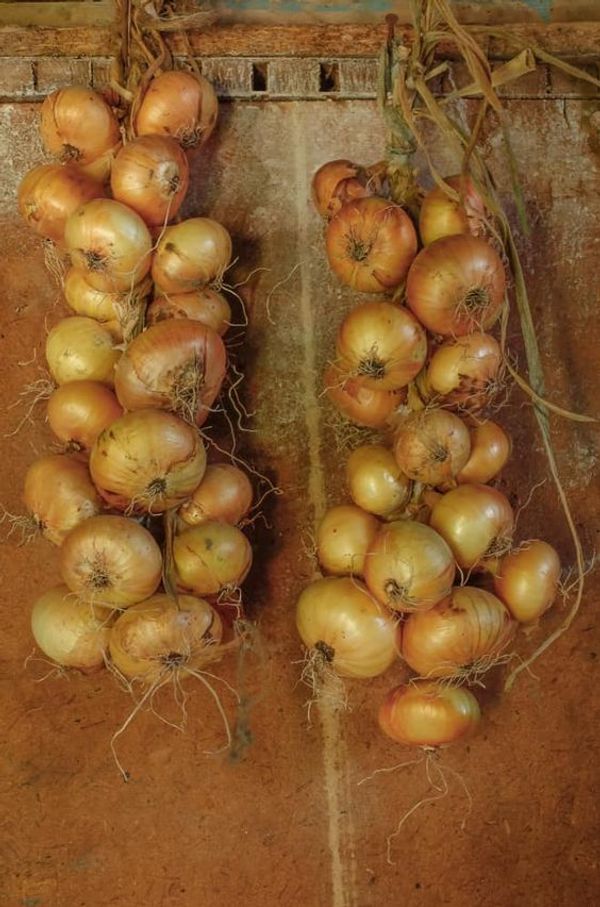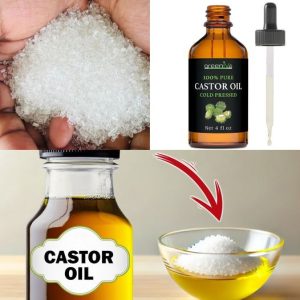
Preserving onions is a smart way to save time, money, and make sure you always have this essential ingredient on hand for your cooking needs. With the right techniques, you can store onions for up to two years, keeping them fresh and flavorful. Follow this friendly guide for winter preparation and enjoy having fresh onions at your fingertips!
1. Choose the Right Onions
Not all onions are the same when it comes to storage. For long-term preservation, opt for varieties known for their durability and low moisture content, like yellow onions. These tend to last longer than red or white onions.
2. Curing Onions for Storage
Before storing, onions need to be cured. This process involves drying the outer layers to protect the inner bulb, extending their shelf life. Here’s how to do it:
Air Dry: Spread your onions out in a dry, well-ventilated area, such as a covered porch or shed. Make sure they are protected from direct sunlight. Allow them to dry for about two to three weeks until the necks are tight and the outer skins are crispy.
Trim Roots: Once cured, trim off any roots and remove loose or excess papery skin. Just be careful not to expose any of the flesh.
3. Ideal Storage Conditions
To ensure your onions stay fresh and flavorful, store them in the right conditions:
Cool, Dry Place: Find a cool, dry place for your cured onions. Aim for storage temperatures between 35-40 degrees Fahrenheit, just above freezing. Avoid high-moisture areas, as this can lead to rot.
Proper Ventilation: Good air circulation is crucial. Consider hanging mesh bags or using netted baskets to allow air to move freely around the onions.
4. Checking Regularly
Check on your onions every few weeks for signs of spoilage, such as soft spots or mold. Remove any compromised onions to prevent the spread of decay to healthy bulbs.
5. Avoid Plastic Bags
Never store onions in plastic bags. Lack of air movement encourages moisture retention, promoting mold and rot. Opt for breathable storage options instead.
6. Creative Alternatives
If large-scale storage is not an option, try these alternatives:
Chop and Freeze: Chop onions and store them in the freezer for use throughout the year.
Canning: Preserve onions by canning them, ensuring a year-round supply.
By following these friendly tips, you can effectively store onions for an extended period without spoiling. This not only makes economic sense but also ensures you have this essential cooking ingredient available whenever you need it, especially during the winter months. Get ready for winter preparation and enjoy the convenience of fresh onions!





